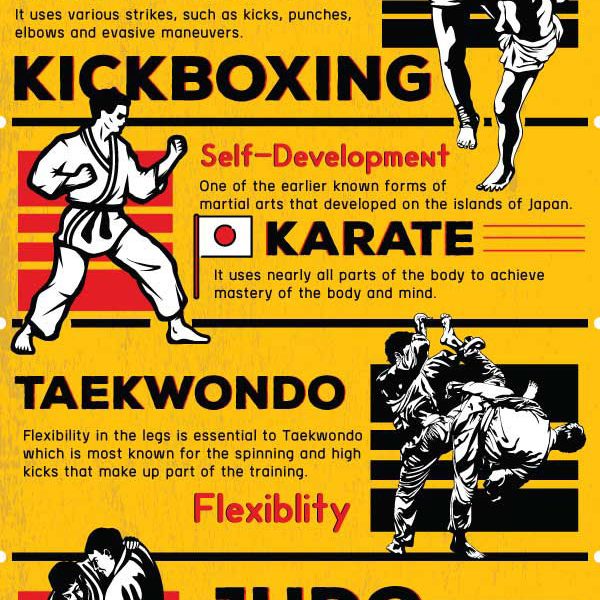Martial Arts Weapons Training: History And Strategies
Martial Arts Weapons Training: History And Strategies
Blog Article
Composed By-Richmond Cantrell
Discover the ancient roots of martial arts weapons training, forming fight strategies and self-control. Old human beings like Egypt and China sharpened their skills with different tools like bows, staffs, swords, and nunchaku. Passed down with generations, conventional weapons such as katana, nunchaku, bo staff, and sai offer unique characteristics and strategies. Modern weapon training combines typical principles with modern techniques, focusing on speed, accuracy, and versatility. Improve your battle abilities by learning about the rich background and diverse methods of martial arts weapons.
Ancient Origins of Weapons Training
Discovering the ancient roots of weapons training discloses the foundational concepts that have shaped martial arts techniques for centuries. In ancient people, weapons training wasn't only a way of battle yet likewise a method to instill technique, honor, and respect. The earliest types of weapons training can be mapped back to old Egypt, where soldiers were trained in the art of archery and spear combat. These skills were crucial for protecting the kingdom and guaranteeing its prosperity.
As worlds evolved, so did the techniques and weapons utilized in training. In old China, martial arts experts refined their abilities with tools like the staff, sword, and nunchaku. These tools weren't only tools for protection however also icons of toughness and proficiency. The training methods were passed down from generation to generation, preserving the conventional methods and viewpoints.
Through the research study of ancient weapons training, contemporary martial artists obtain a much deeper understanding of the technique and devotion required to grasp these skills. By recognizing the heritage of ancient warriors, practitioners continue to maintain the classic concepts of martial arts.
Traditional Fighting Style Weapons
The evolution of martial arts weaponry from ancient people to modern method highlights the long-lasting significance of standard weapons in fight training. Typical martial arts weaponry includes a broad variety of devices such as the katana, nunchaku, bo team, and sai. These weapons have been given via generations, each with its unique characteristics and techniques.
The katana, a conventional Japanese sword, is known for its intensity and precision in strikes. Nunchaku, consisting of 2 sticks linked by a chain or rope, require skillful managing for efficient combat. The bo personnel, a lengthy stick typically made from timber, is versatile in both attack and protection maneuvers. The sai, a three-pronged steel tool, is adept at capturing and obstructing challengers' strikes.
Educating with these conventional tools not just refines physical battle skills but additionally cultivates discipline and focus. By understanding the strategies of conventional martial arts weaponry, professionals can embody the rich background and society of martial arts while boosting their fight efficiency.
Methods for Modern Tool Training
Modern tool training strategies stress flexibility and performance in fight scenarios, mixing standard principles with contemporary tactics for optimum efficiency. To master modern weapon training, focus on improving your speed, precision, and flexibility. Experimenting weapons like blades, batons, and firearms requires understanding strategies that focus on speedy strikes and accurate protective maneuvers.
Footwork plays a critical role in contemporary weapon training, allowing you to maintain correct distance from your opponent and swiftly transition in between offending and protective stances. By including fluid motions and quick footwork drills into your training program, you can successfully avert strikes and launch counterstrikes with precision.
Furthermore, modern-day tool training highlights the importance of situational recognition and calculated reasoning. Comprehending exactly how to assess threats, identify vulnerabilities, and manipulate openings in your challenger's defense is vital for success in combat circumstances. By honing filipino martial arts and establishing a tactical way of thinking, you can outmaneuver foes and emerge victorious in testing circumstances.
Verdict
So there you have it! You have actually learnt more about the ancient origins of tools training, discovered traditional martial arts weaponry, and found strategies for modern-day weapon training.
Now go out there and practice what you've found out, and end up being a master of martial arts weapons! use this link in mind, the opportunities are countless, and with dedication and practice, you can become a weapon-wielding ninja quickly!
